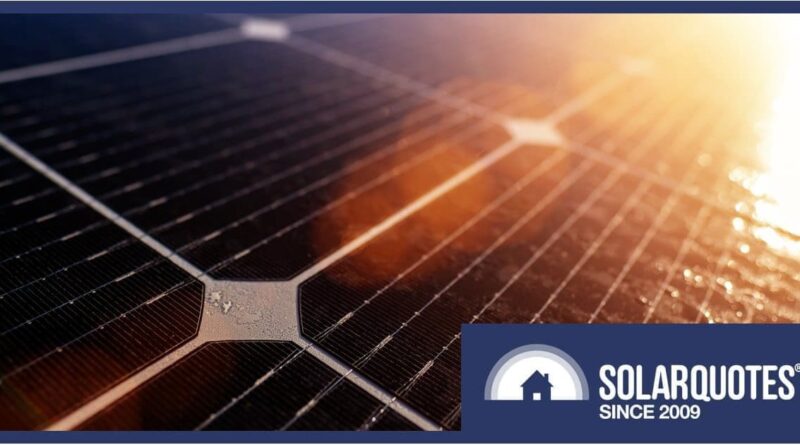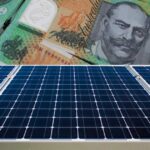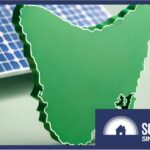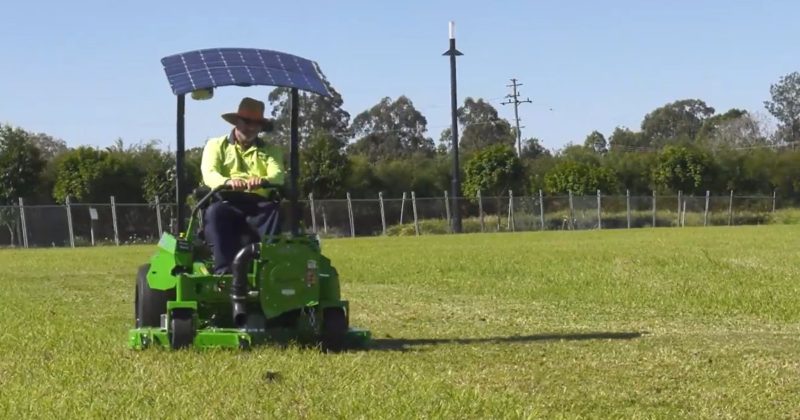Victoria’s Premium Feed-In Tariff: The End Is Nigh

Imagine receiving a 60c feed-in tariff! Some Victorian solar owners have been getting this rate for many years, but it will be ending soon.
Back in ancient times solar-wise (2009), the Victorian state government was keen to boost rooftop solar power uptake. In November that year, it introduced an initiative offering a credit of 60 cents per kilowatt-hour for any excess solar energy exported to the mains grid.
The scheme was closed to new applicants in late 2011, but for those lucky enough to be on it, the premium feed-in tariff (PFiT) rate was set in stone for 15 years. That means it winds up on November 1 this year.
The scheme had its desired effect – the following figures indicate annual system installation tallies before, during and after the scheme was accepting applicants:
- 2008 – 2,036
- 2009 – 8,429
- 2010 – 35,676
- 2011 – 60,214
- 2012 – 66,204
- 2013 – 33,332
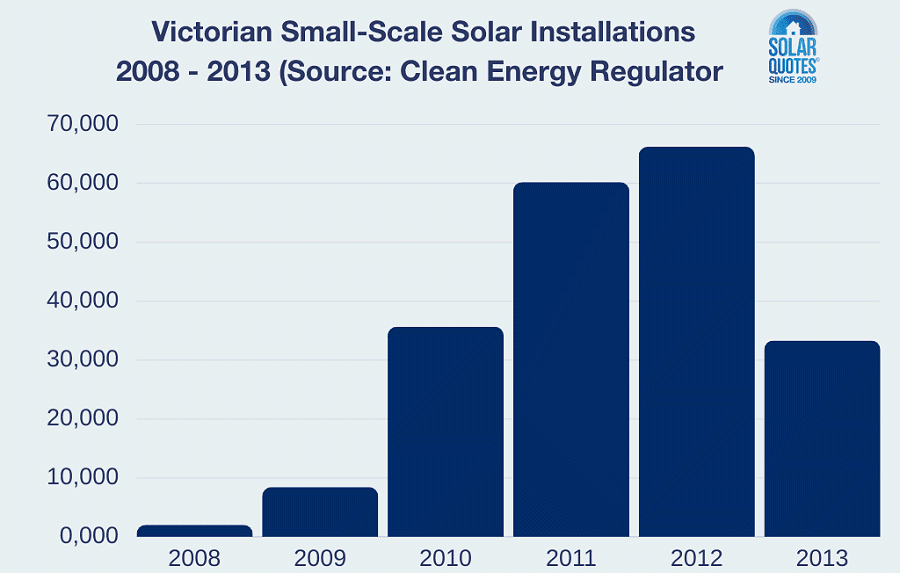
Note that Small-scale Technology Certificates (STCs) – which today’s Australian solar rebate is based on – can be redeemed up to 12 months after a system installation. This goes some way to explaining why the 2012 installation figure is so high (that and the Solar Credits kerfuffle at the time – another story).
According to the Victorian Department of Energy, Environment and Climate Action (page last updated in May 2023):
“More than 88,000 Victorian households, small businesses and community groups benefit from the PFIT.”
Solar owners of today not on the PFiT would drool over 60c – but bear in mind during that period what was being installed were comparatively small systems; usually around 1.5kW – 3kW capacity. And compared to the cost of larger solar power systems today, they were pretty pricey.
So, the premium feed-in tariff was a great way to accelerate payback.
While 15 years locked in at 60 cents has been a sweet deal, participants were limited as to what they could do with their systems. For example, they became ineligible to continue receiving the premium rate if they added extra solar panels, even if the overall system size remained under the scheme limit of 5 kilowatts capacity.
A Shift In Mindset
Some Victorian households still remaining on the premium feed-in tariff may get a nasty shock after November, particularly if they have very little daytime power usage but consume large amounts of mains electricity in the evenings.
In the 2024-25 financial year, the single (flat) rate minimum feed-in tariff in Victoria is just 3.3 cents per kilowatt-hour. Some electricity retailers pay more – but usually around the 5c – 6c mark currently, and that’s not going to offset much with a small system.
These households should be comparing electricity plans to see what deal suits them best, taking into account that the most appropriate plan offers a balance of competitive feed-in-tariffs, low usage tariffs and low daily charges. They should also be thinking about how they consume electricity; time-shifting appliance use to the day where possible.
Time For A New Rooftop Solar System?
Many may find a 1.5kW system simply doesn’t cut it after November. There’s some good news here. As well as the nationwide solar rebate that can knock thousands off system cost, Victorians get to double-dip with the state’s solar panel rebate. This currently offers up to $1,400 off the up-front cost of a system.
In October 2023, Solar Victoria expanded its eligibility criteria for the state incentive to households with systems over ten years old. These households may also be eligible for a hot water rebate and/or solar battery loan.
Solar Victoria, the state government agency that oversees the rebate, says:
“Solar technology has improved rapidly since 2009, and upgrading to a new, more efficient system could ensure that you won’t be hit with higher energy bills after the PFiT scheme ends.”
To get an idea of the financial benefits of installing a new, larger PV system, try the SolarQuotes solar calculator.
Original Source: https://www.solarquotes.com.au/blog/victoria-pfit-ending-mb3009/

